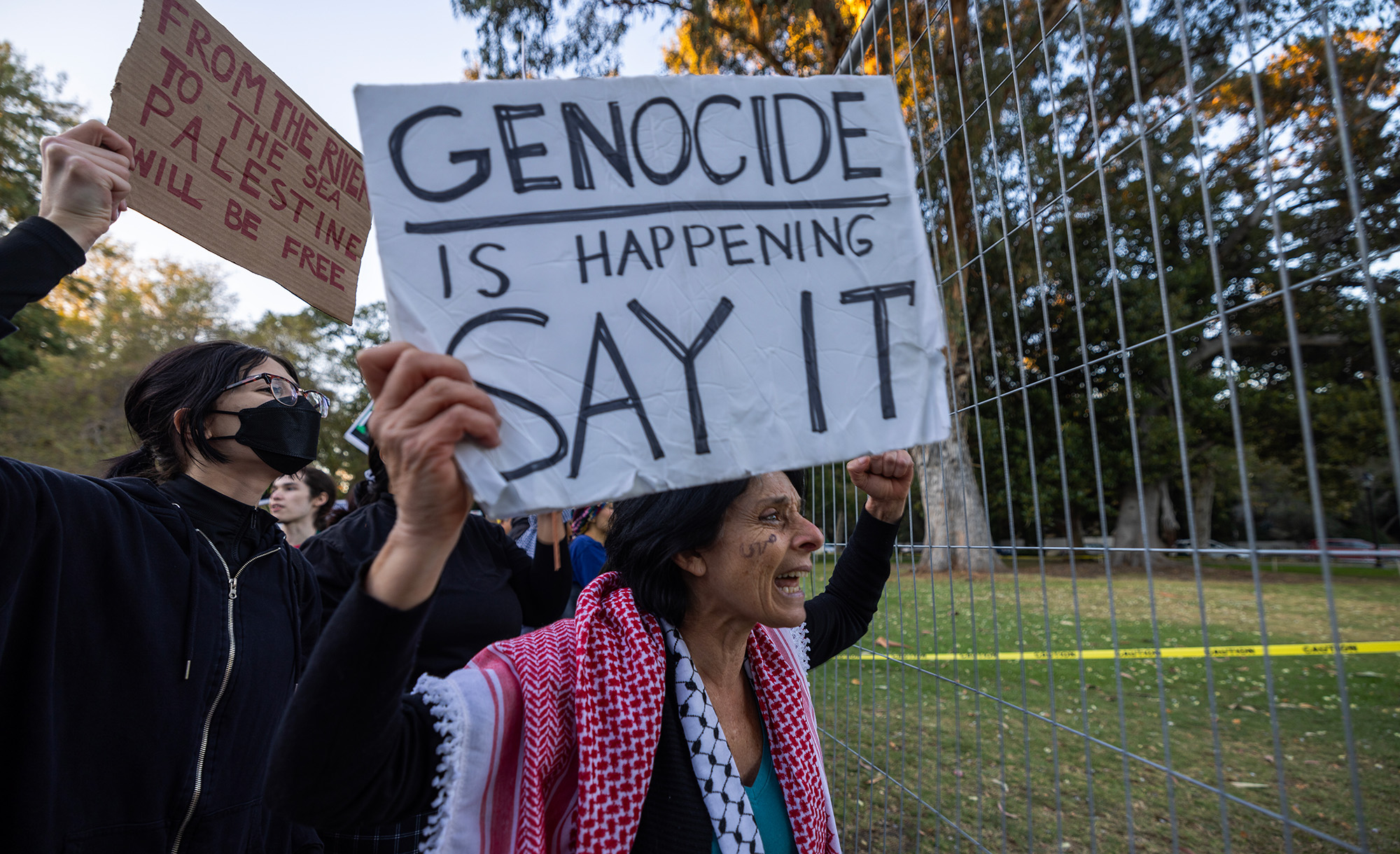Influenced by emerging humanist scholarship, the Italian rabbi and physician Azariah de’ Rossi (ca. 1511-1578) became best known for his historical work entitled M’or Eynayim (“The Light of the Eyes”)—which also won him no small number of detractors. Eli Kavon writes:
The great innovation of Azariah de’ Rossi was his reliance on non-Jewish sources in his investigation of Jewish history. He was bold, challenging the historical accuracy of rabbinic texts and citing the historians of ancient Greece and Rome as well as Christian scriptures and many great figures of the Middle Ages and the Renaissance. He carefully weighed the evidence in his probe into Jewish history and [concluded] that many talmudic legends that dealt with events in the Jewish past were precisely that—legends.
For his time, Azariah was a rebel. Although he never abandoned Jewish faith and practice, he set the stage for a new understanding of Jewish history that broke with the past. . . .
De’ Rossi was also revolutionary in his rediscovery of ancient Jewish writings of the Hellenistic and pagan world—including the first great Jewish philosopher Philo of Alexandria, the histories of Josephus, and the [2nd-century BCE] “Letter of Aristeas” that described the first translations of the Torah into Greek. In many cases, these texts went unrecognized by Jews and had worked their way into the cherished canon of the Church. It is impossible to think of the modern writing of the history of the Jews without acknowledging this pioneer of Mantua.
More about: History, History & Ideas, Humanism, Italian Jewry, Jewish Thought, Renaissance


